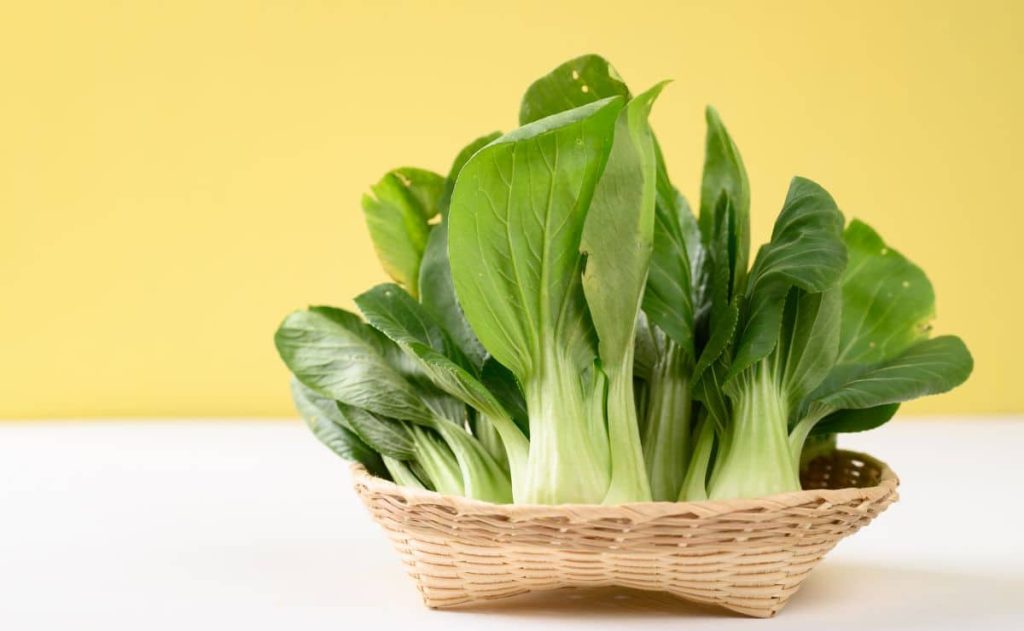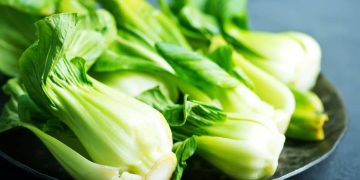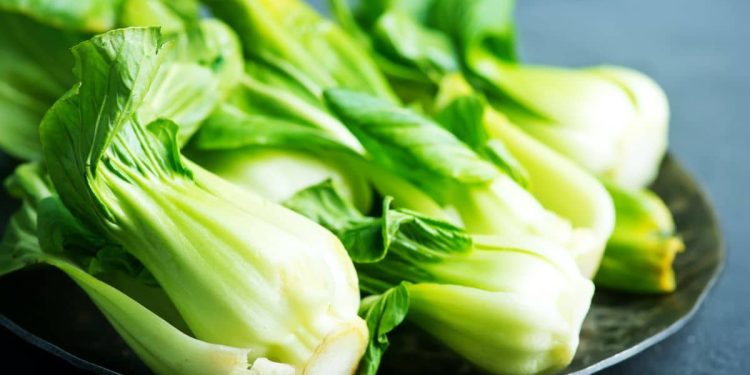The pak choi is an exotic variety of cabbage increasingly common on the shelves of Spanish supermarkets
The discovery of a new variety of vegetables is always good news for people who care about a healthy diet rich in vegetables that provide the vitamins, minerals and nutrients that the body needs. The more we can play with our menu, the more fun it will be to eat in a balanced way.
If you are among that group, you are in luck because the Pak Choi, if you do not know it, you will love it. Not only for all the benefits it brings to our body, but also because it comes to give a new air to your dishes. We tell you what this food is, the nutritional value it contains and how it can start to become part of your meals.
Pak Choi, from Asian crops to your table
Among the vegetables, vegetables and fruits in supermarkets, a rare cabbage is starting to look more and more familiar to us, although its appearance is actually closer to Swiss chard. This is the Pak Choi and if you haven’t tried to take it home yet, here you are going to find a handful of good reasons so that this vegetable is not missing in your shopping basket the next time you stop by the checkout.

Pak choi (Brassica rapa chinensis), also known as bok choy, is a vegetable that belongs to the cruciferous family. That is, it shares its genetics with cabbage, broccoli or cauliflower. It is a type of cabbage traditional in Asian crops and is, in fact, one of the oldest vegetables in Chinese cuisine. Its properties and versatility have made it increasingly common to grow it in Europe.
Pak choi cultivation is becoming more and more common in Spain
Although the origin of this cabbage, which is characterized by an open bud with large green leaves and a thick, white stem, like that of a lettuce, is a little far from the Mediterranean fields, for several years now the pak choi has been cultivated in provinces such as Almeria, Valencia or Malaga. For this reason it is increasingly common that when we go to the fruit and vegetable section of the supermarket we find her. Until recently, in order to buy pak choi, you had to go to specific Asian product stores.
One of the main reasons that caused the triumph of the pak choi outside the eastern lands is that this vegetable can be grown almost all winter, since it is very resistant to low temperatures, which makes it a great vegetable for the cold months. In addition, its collection can take place at various times of its growth: within a month of being planted, the tender leaves can already be collected from the outside of the plant or it can be allowed to mature completely and collect the entire plant.
What nutrients and health benefits does pak choi cabbage provide
The main contribution to the body of the pak choi is that it is a vegetable very rich in water. This has three main benefits on our health and body well-being. The first is that it is great for the filtering functions of the kidneys, the second is that it provides great hydration to the body and, finally, it is very light, providing only 13 kilocalories per 100 grams of pak choi ingested. Nutritionally, it does not offer as many values as other vegetables. However, like the rest of her food family, she is rich in fiber, which helps the digestive system and has a satiating power that helps us avoid eating other less healthy foods — sweets or snacks at leisure. We can also take into account that it has a high potassium content and a considerable contribution of calcium, very close to that of milk.
If you haven’t tried pak choi yet, here’s how to start using it in your meals
Pak choi cabbage is a very versatile vegetable and therefore offers several uses in cooking. You can take advantage of practically everything, the only thing you should not eat is the part where the stems come together. Although it can be eaten raw in a salad, for example, and always washing it with plenty of water before, its flavor is much more pleasant, digestible and mild when cooking it, since it subtracts bitterness — similar to that of the stems of lettuce—, moreover, the cooked will give it sweet nuances.
Due to its oriental origin, it is a vegetable that is widely used, for example, in wok-style stir-fries. We can find it in many Pad—type dishes – which means fried and scrambled -, with noodles or rice and mixed with other ingredients such as meat, fish or other vegetables. Although also in oriental soups such as ramen, grilled, steamed or as a filling.
If you are going to start using pak choi in your kitchen, it is in oriental recipes where they find their best place, although in the kitchen everything is daring and in a chickpea and spinach stew, you can substitute this for Asian cabbage. In the dishes of pak choi with noodles, a tip, if you add nuts, such as cashews or almonds, crushed on top once they are in the dish, you are going to find a contrast of textures and flavors incredibly delicious. You know, the next time you see a rare Swiss chard among the fruits and vegetables, you are facing the pak choi.
A source: https://www.lamansiondelasideas.com

































